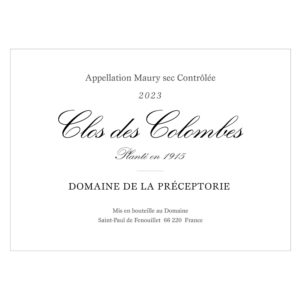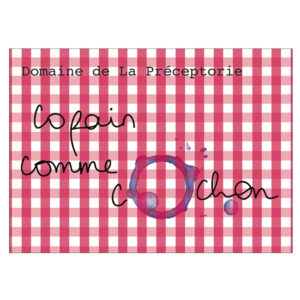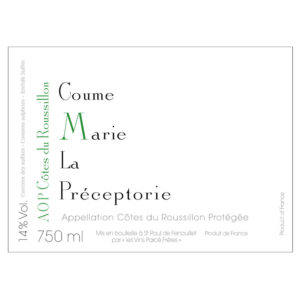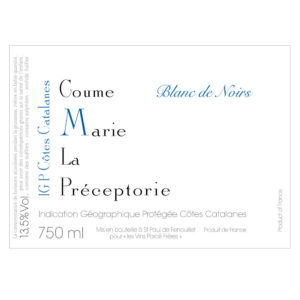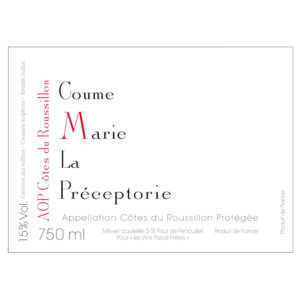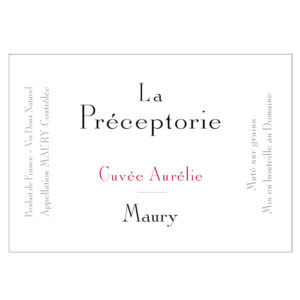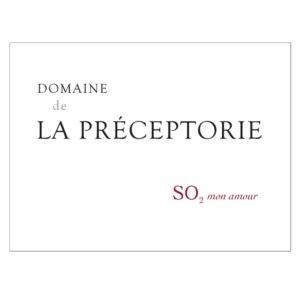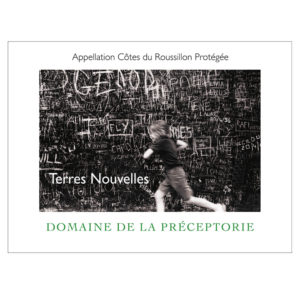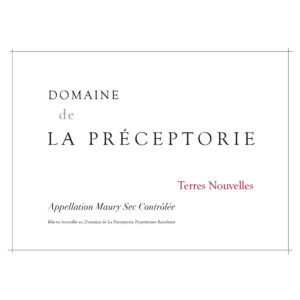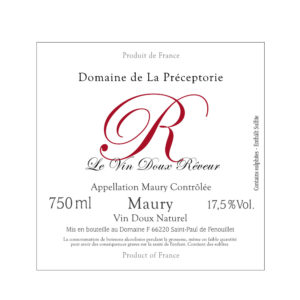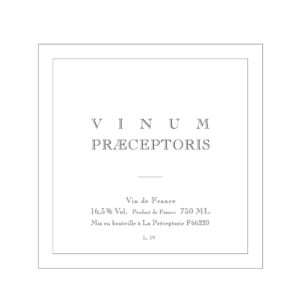The history of Maury is obviously linked to the history of the Fenouillèdes territory, which, judging by the discoveries made, goes back to prehistoric times. Traces of Neanderthal Man and the Bronze Age have been found on the banks of the Agly River. The most emblematic remains of these periods are the dolmens of Ansignan, Feilluns and Trilla, as well as the menhir of Prats-de-Sournia.
The Fenouillèdes, frontier lands, have known in 5000 years the cultural influences of the Iberians, Celts, Greeks, Romans, Germans and Arabs before being attached to the Kingdom of France in the 8th century by Pépin Le Bref.
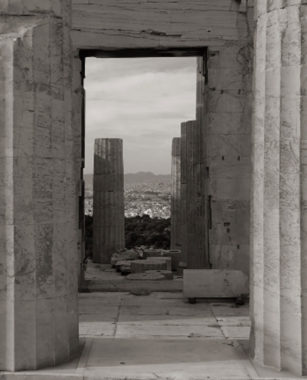 In 950 and 954, the city of Maury was integrated into the Viscounty of Fenouillet, which itself was part of the county of Bésalu, itself integrated into the county of Barcelona, which later became Catalonia and joined forces with that of Provence and Foix to fight against the King of France during the Cathar event in the 12th century. Following this, the son of the Count of Barcelona, James I, took over the reins of Catalonia. With the Treaty of Corbeil, he established a new border between the county and France, which then linked the Fenouillèdes to France in 1258. Now separated from the rest of Roussillon, Maury would follow the course of French history without being caught in the vise of the Kingdom of Majorca (14th century), nor in the Franco-Spanish conflicts of the 15th century.
In 950 and 954, the city of Maury was integrated into the Viscounty of Fenouillet, which itself was part of the county of Bésalu, itself integrated into the county of Barcelona, which later became Catalonia and joined forces with that of Provence and Foix to fight against the King of France during the Cathar event in the 12th century. Following this, the son of the Count of Barcelona, James I, took over the reins of Catalonia. With the Treaty of Corbeil, he established a new border between the county and France, which then linked the Fenouillèdes to France in 1258. Now separated from the rest of Roussillon, Maury would follow the course of French history without being caught in the vise of the Kingdom of Majorca (14th century), nor in the Franco-Spanish conflicts of the 15th century.
Administratively attached to the Eastern Pyrenees, the Fennellèdes are linked by history and Occitan tradition to the Cathar country. The last bastions of the Cathar period, the castles of Quéribus, Peyrepertuse and Puilaurens, stand like sentinels above the valley.
The Fenouillède territory remained for nearly four centuries the former border between the Kingdom of France and the Kingdom of Aragon, before the annexation of Roussillon by the Treaty of the Pyrenees in 1659. Rich in this history, the territory has preserved many historical sites and monuments that are now the jewels of the region. One can mention the former Benedictine Abbey in the 10th century, which later became a college chapter in Saint-Paul-de-Fenouillet. he Ansignan aqueduct bridge is a monument testifying to the passage of the Romans in the region, 170 metres long, it has the particularity of being on two levels. For centuries, the Chapelle Notre-Dame de Laval in Caudiès-de-Fenouillèdes was a place of pilgrimage for the people of the Agly Valley who came to be placed under the protection of the Virgin de Laval every time a plague or cholera epidemic struck the valley. Another curiosity of the region, the Galamus Gorges have been dug by the waters of the Agly River, to depths of more than 500 metres to reach the Mediterranean.
But how can we talk about the history of the Fennouillèdes without talking about wine?
The vine has been present for centuries, but it was in the 19th century that wine-growing activity developed particularly, which led to the demographic development of the region.
In Maury, the history of the cooperative cellar is an integral part of the history of the village and the region.
At the end of the 19th century, winegrowers became aware of the need to join forces to resist the pressure exerted by trading houses. This is how the first cooperative cellars were born in France, these infrastructures will give rhythm to the life of these villages.
In Maury, it all began in 1891 when a violent storm reduced the village’s production. Faced with this considerable loss of profit, the winegrowers began to gather. The phylloxera crisis did not follow and did not help the production. Following these two disasters that occurred in a short period of time, the gathering of winegrowers made sense.
In 1906, thanks to Jules Pams, senator of the Pyrénées-Orientales and the Minister of Agriculture, the French government authorized banks to grant loans to agricultural unions. The Maury cooperative can officially be created. On April 20, 1910, the first board of directors gathered 129 owners at the founding meeting. The building was officially inaugurated on 29 April 1910. It will undergo various modifications and expansions, even going as far as the construction of three other cellars in the village, making it possible to increase the quantity of wine produced.
In 1936, the decree of the appellations of origin recognized the natural sweet wines produced in Maury, under the appellation Maury contrôlée.
In 1974, the various Maury sites were grouped together to form the Société Coopérative “Les Vignerons de Maury”.
At the end of the 1980s, the cellar created a stocky bottle called “Maury”, with the aim of distinguishing itself from other appellations of natural sweet wines.
The peak production of the appellation was reached in 1990. In those years, consumer taste evolved and Maury developed its range by offering more fruity and gourmet products.
In 2000, the winegrower cooperators of Maury wanted to convert part of the harvest to dry red wines. Grenache noir, which is very well established in the region, lends itself well to this and this is how the Maury sec appellation will be launched in 2011.




 In 950 and 954, the city of Maury was integrated into the Viscounty of Fenouillet, which itself was part of the county of Bésalu, itself integrated into the county of Barcelona, which later became Catalonia and joined forces with that of Provence and Foix to fight against the King of France during the Cathar event in the 12th century. Following this, the son of the Count of Barcelona, James I, took over the reins of Catalonia. With the Treaty of Corbeil, he established a new border between the county and France, which then linked the Fenouillèdes to France in 1258. Now separated from the rest of Roussillon, Maury would follow the course of French history without being caught in the vise of the Kingdom of Majorca (14th century), nor in the Franco-Spanish conflicts of the 15th century.
In 950 and 954, the city of Maury was integrated into the Viscounty of Fenouillet, which itself was part of the county of Bésalu, itself integrated into the county of Barcelona, which later became Catalonia and joined forces with that of Provence and Foix to fight against the King of France during the Cathar event in the 12th century. Following this, the son of the Count of Barcelona, James I, took over the reins of Catalonia. With the Treaty of Corbeil, he established a new border between the county and France, which then linked the Fenouillèdes to France in 1258. Now separated from the rest of Roussillon, Maury would follow the course of French history without being caught in the vise of the Kingdom of Majorca (14th century), nor in the Franco-Spanish conflicts of the 15th century.

